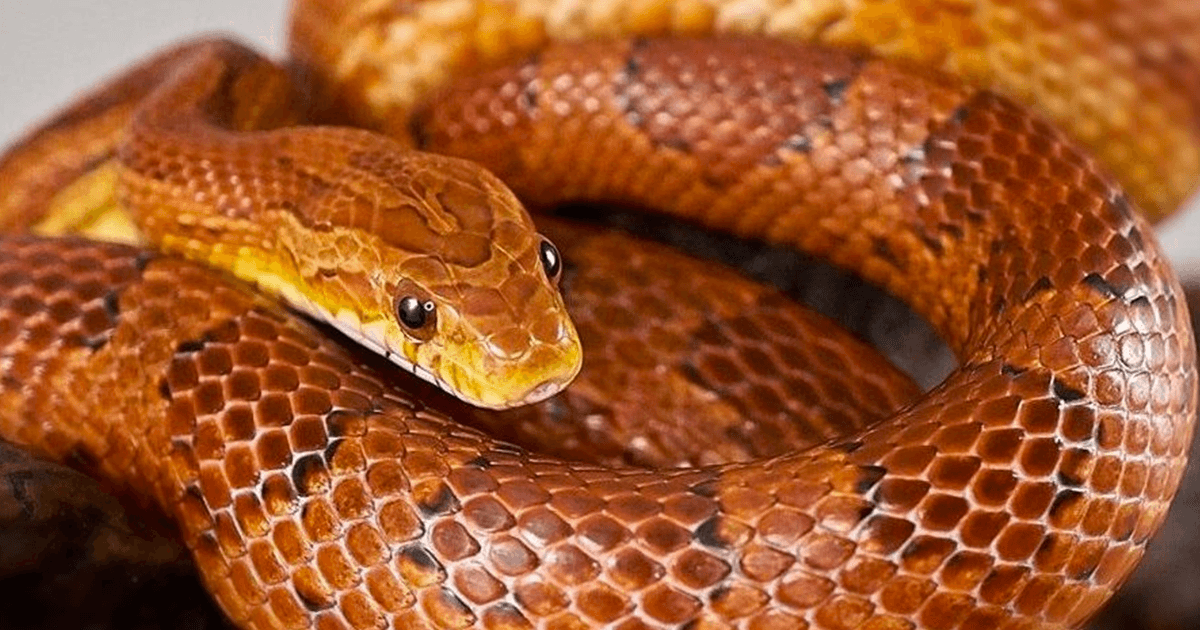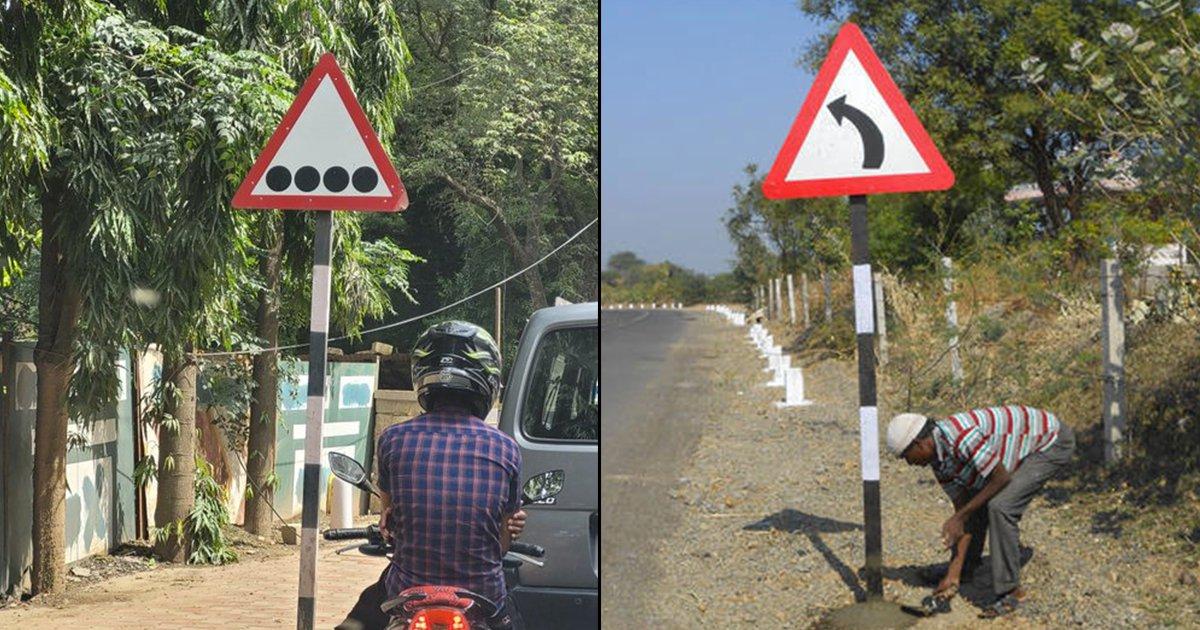Update: The elephant that was hit by a speeding train in West Bengal passed away after being severely injured.
Imagine a world without roads and railway lines for humans. Not possible right?
Now imagine the same for animals. This will give you an idea of what I am going to talk about next.
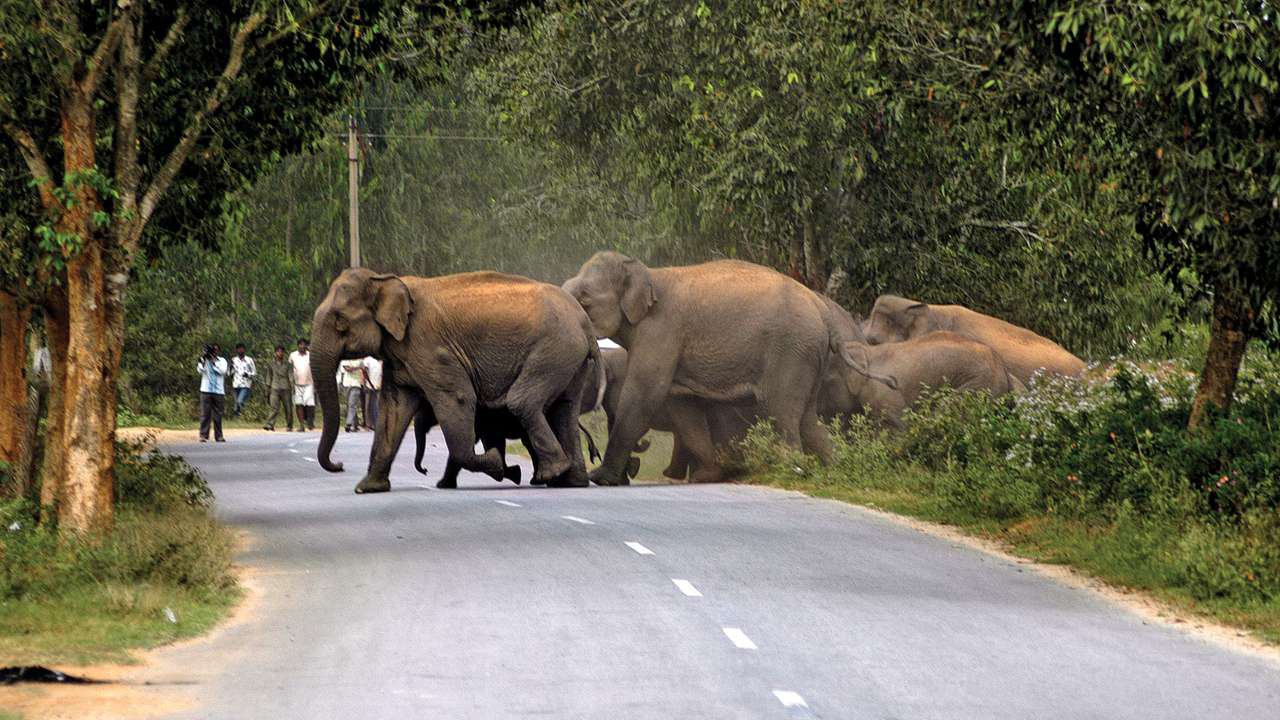
Recently, a gut-wrenching video of an elephant badly injured by a speeding train in West Bengal, went viral on social media and sparked anger among various sections of society.
What an utterly foul society we have become – we worship Ganesha as the Lord of Beginnings while maiming and murdering our elephants, destroying their habitats and driving them towards extinction.
— Ranjit Hoskote (@ranjithoskote) September 28, 2019
Such man made accidents and disaster need to end immediately. Heartbreaking and pathetic to see such a gentle animal is pain and agony.
— Sam Haris (@sam_haris) September 28, 2019
After watching the video, we need to ask ourselves some questions.
Since when did we humans become so cruel?
Don’t wild animals enjoy the right to move freely?
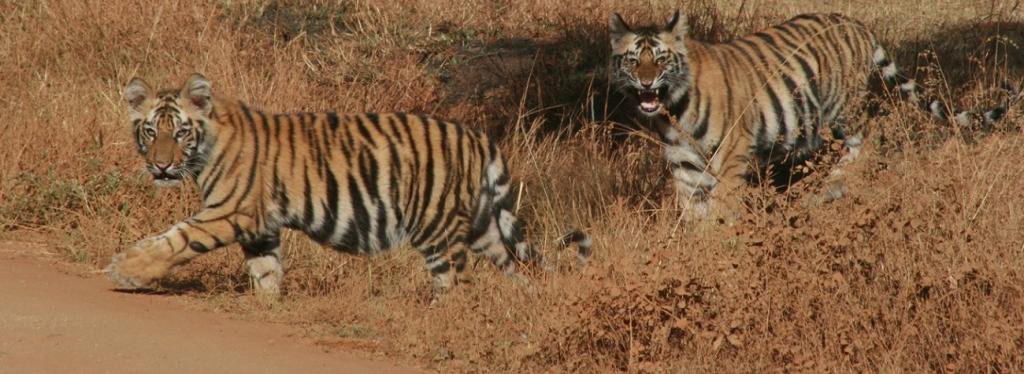
All living beings on Earth enjoy some basic fundamental rights, one of them being the right to live. We don’t need laws and guidelines for a right that has been bestowed on us by the laws of nature.
This includes animals and birds, too.
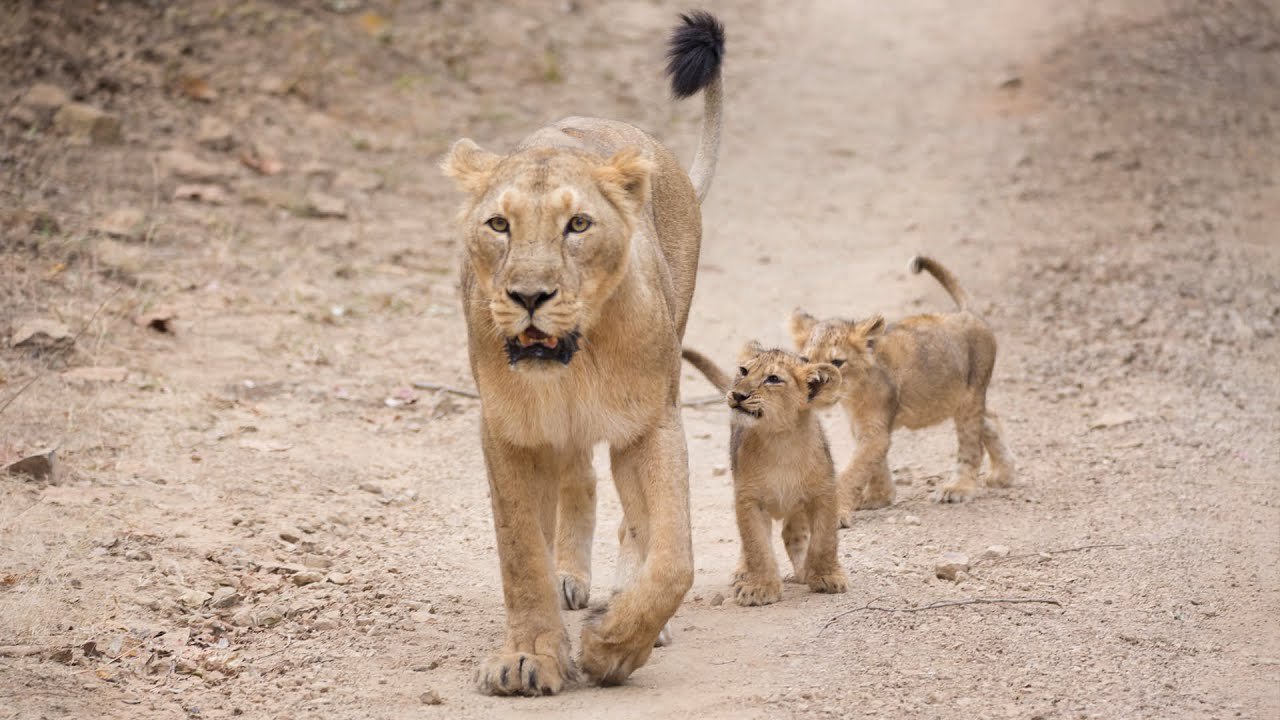
In fact, the concept of wildlife corridors has facilitated co-existence of humans and wildlife on this planet. WWF defines wildlife corridors as,
It is an area of habitat connecting wildlife populations. The obvious function of corridors is to facilitate physical movement, which is crucial to the long-term viability of animal population.
One of the main aims of these corridors is to ensure that human development doesn’t significantly interfere with animal life.
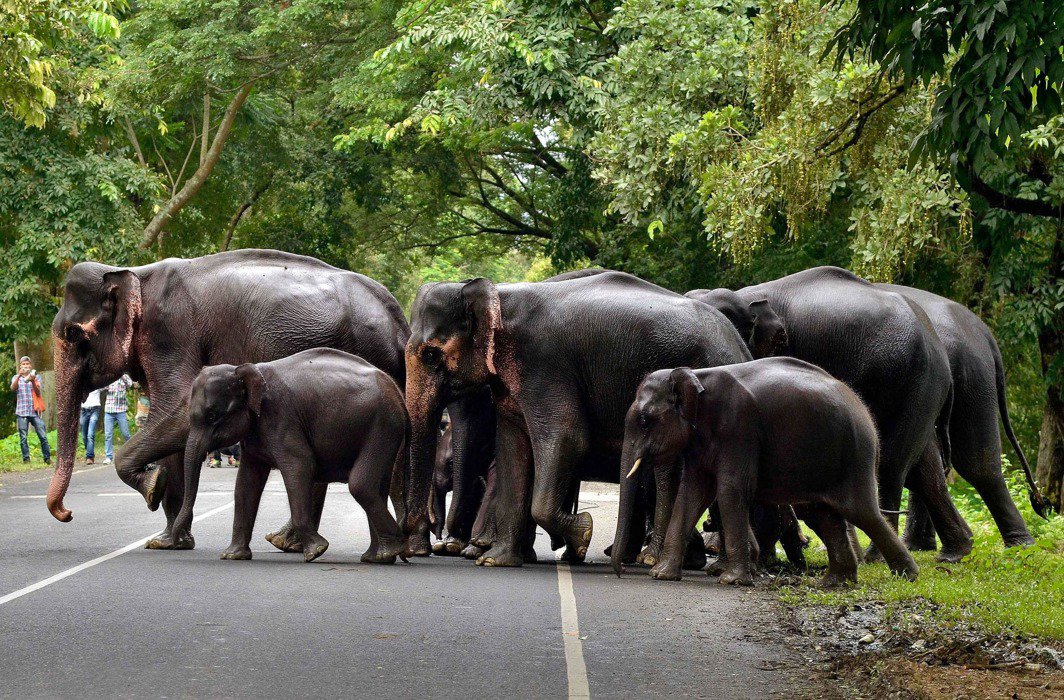
The recent accident that is being talked about above occurred in a wildlife corridor in West Bengal.
If you further delve into researching how many wildlife corridors does India have, you’ll be shocked to see the result considering the fact that India is home to the largest tiger population in the world and also a wide variety of other giant animals.
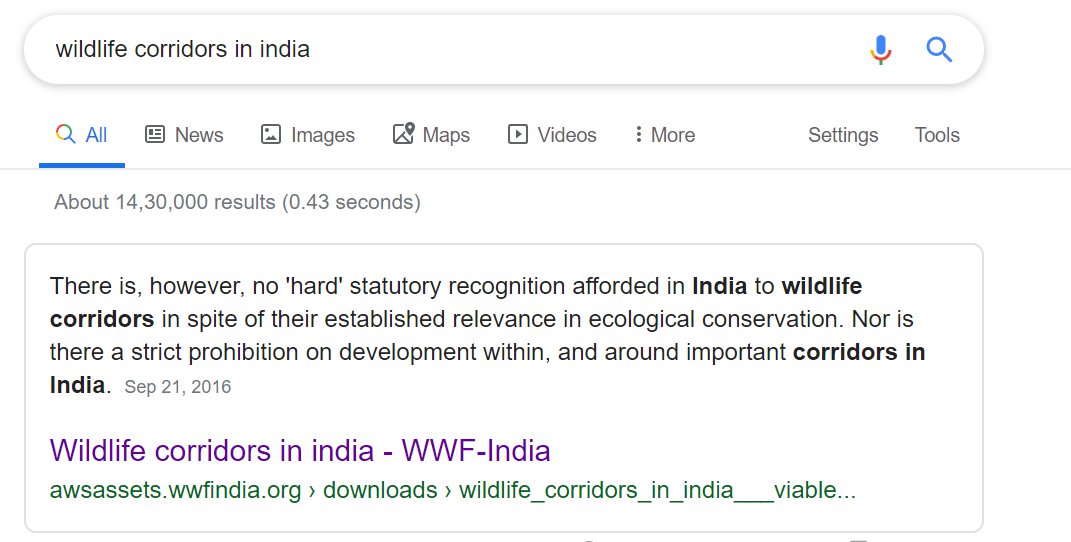
According to WWF India, wildlife corridors do not have any legal or constitutional recognition in India. Research reveals that India does have many wildlife corridors, a majority of which are dedicated to safe movement of animals like elephants and tigers, across forests.
But one important question we need to ask ourselves is, “What’s the point of making these safe havens, if we can’t ensure the safety of our animals even in their habitat?”
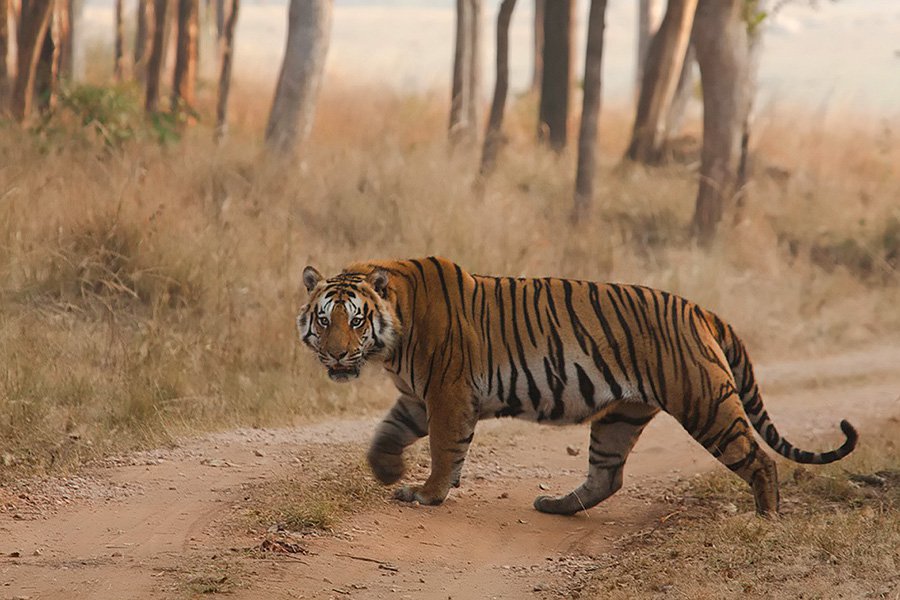
49 elephants were killed in train accidents n India between 2015 and 2018. Of these, Assam and West Bengal accounted for 37 deaths.
Most of these accidents occurred in wildlife corridors.


The rapid development of linear projects such as roads, railways and canals and diversion of forests for mining is putting excessive pressure on these wildlife corridors.
Fragmented wildlife corridors do not offer connectivity to the animals living in these areas. Just like roads connect cities, wildlife corridors are forest areas that connect two big forest landscapes and increasing number of developmental projects in these areas are posing a huge threat to our wildlife.

Most of the railway lines in India pass through forested areas which are home to giant animals like tigers and elephants.
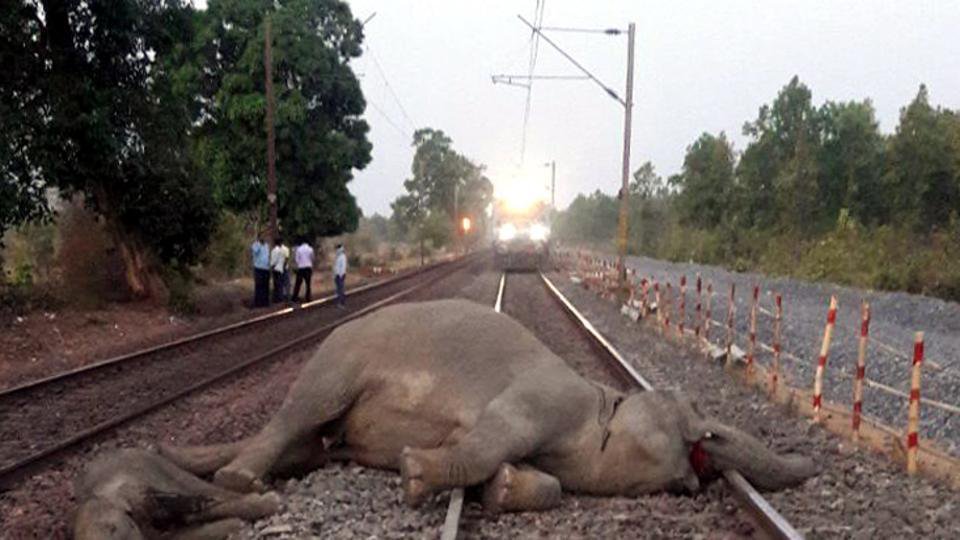
After an increase in the number of rail accidents, the Railways had limited the speed of the trains to 25 kmph inside the forest areas in 2015-2016. It was later raised to 50 kmph during the day.
The train in the recent accident being talked about was said to be running at 75kmph and it is impossible to prevent such accidents at such a high speed.
Here the locomotive pilot also got injured. At 75kmph it is impossible to stop the train. So the pertinent question is why the line need to be constructed at such location without keeping in mind the presence of wildlife. Speed limit should be strictly imposed at all times 🙏🏽
— Randeep Hooda (@RandeepHooda) September 28, 2019
This and several other train accidents killing wild animals regularly point towards just one thing – we are neglecting our wildlife corridors when we can not afford to.
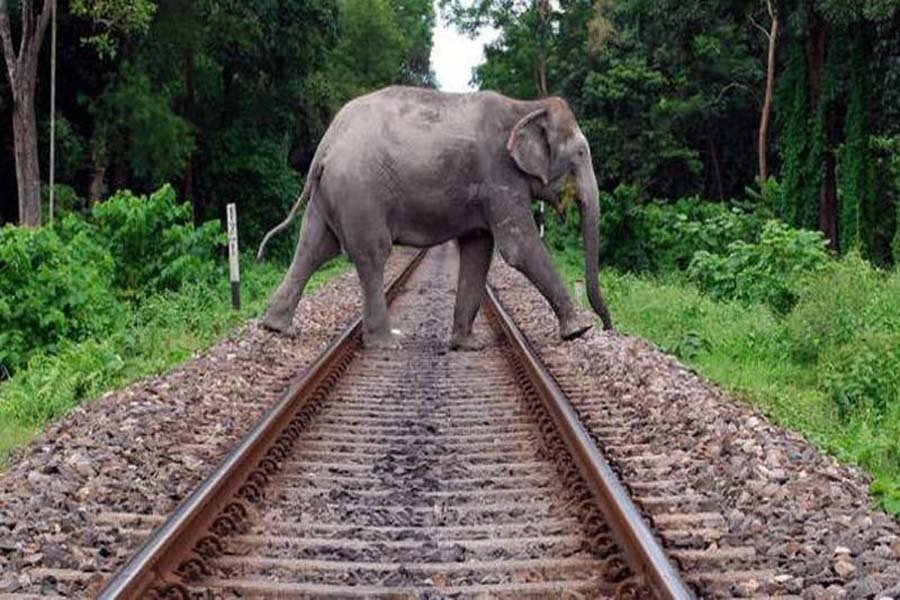
Describing the importance of wildlife corridors, a member of IUCN WCPA Connectivity Conservation Specialist Group, once said:
“Without corridors, our small protected areas will only end up being islands of conservation with unviable populations which will be highly prone to extinction.”
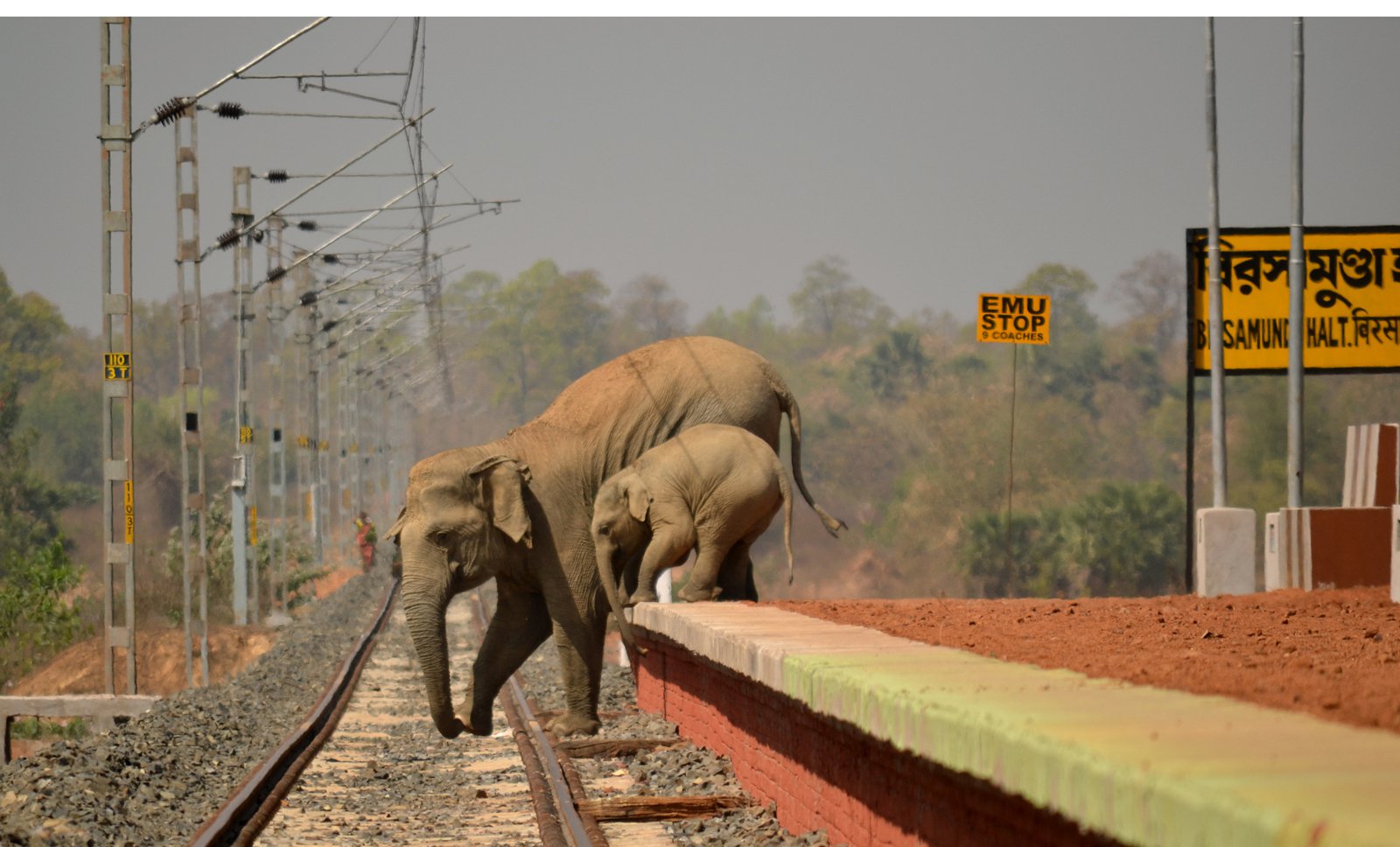
The issue at hand today is that most corridors, whether for elephants or tigers have not been identified.
Reports suggest that the Wildlife Trust of India has identified 101 functional corridors for the elephant population of India and a majority of tiger corridors are still unidentified.
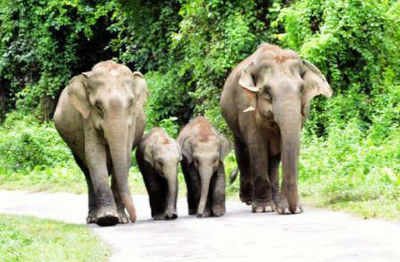
According to the same report, a NTCA-WII study shows that there’s only one tiger corridor in the entire state of Odisha and only 26 in the entire Central Indian and Eastern Ghats Landscape, home to the majority of tiger population in India.
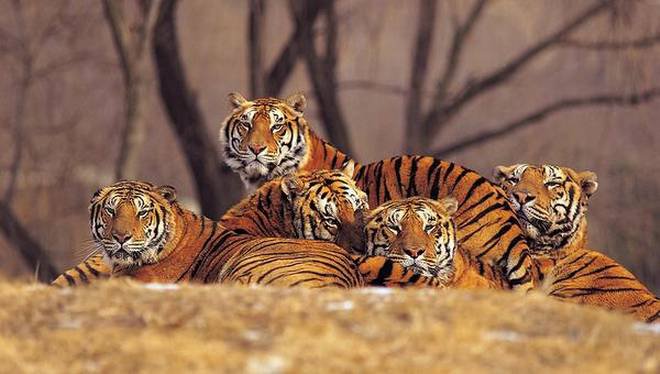
In India, though wildlife corridors are largely associated with elephants, if managed properly, they can benefit several other species of animals.
Unsustainable development is only adversely impacting the ecological status of these so-called eco-sensitive zones and wildlife habitats.
Some countries protect wildlife with animal corridors. But in India no such efforts made to save #GirLions. Death of 3 lions as a train rolled over them is sad. Speed of trains need to be restricted to 30 kmph & no trains to run at night. @PMOIndia @CMOGuj @Ganpatsinhv pic.twitter.com/hRisGEdpUG
— Parimal Nathwani (@mpparimal) December 19, 2018
It’s high time these spaces get their recognised status so that better protection measures can be implemented to save the incredible wildlife of our country.
We need to understand that wildlife corridors pass through animals’ homes and not the other way around.
Wouldn’t it be wrong if someone entered your home and put your life at risk?






